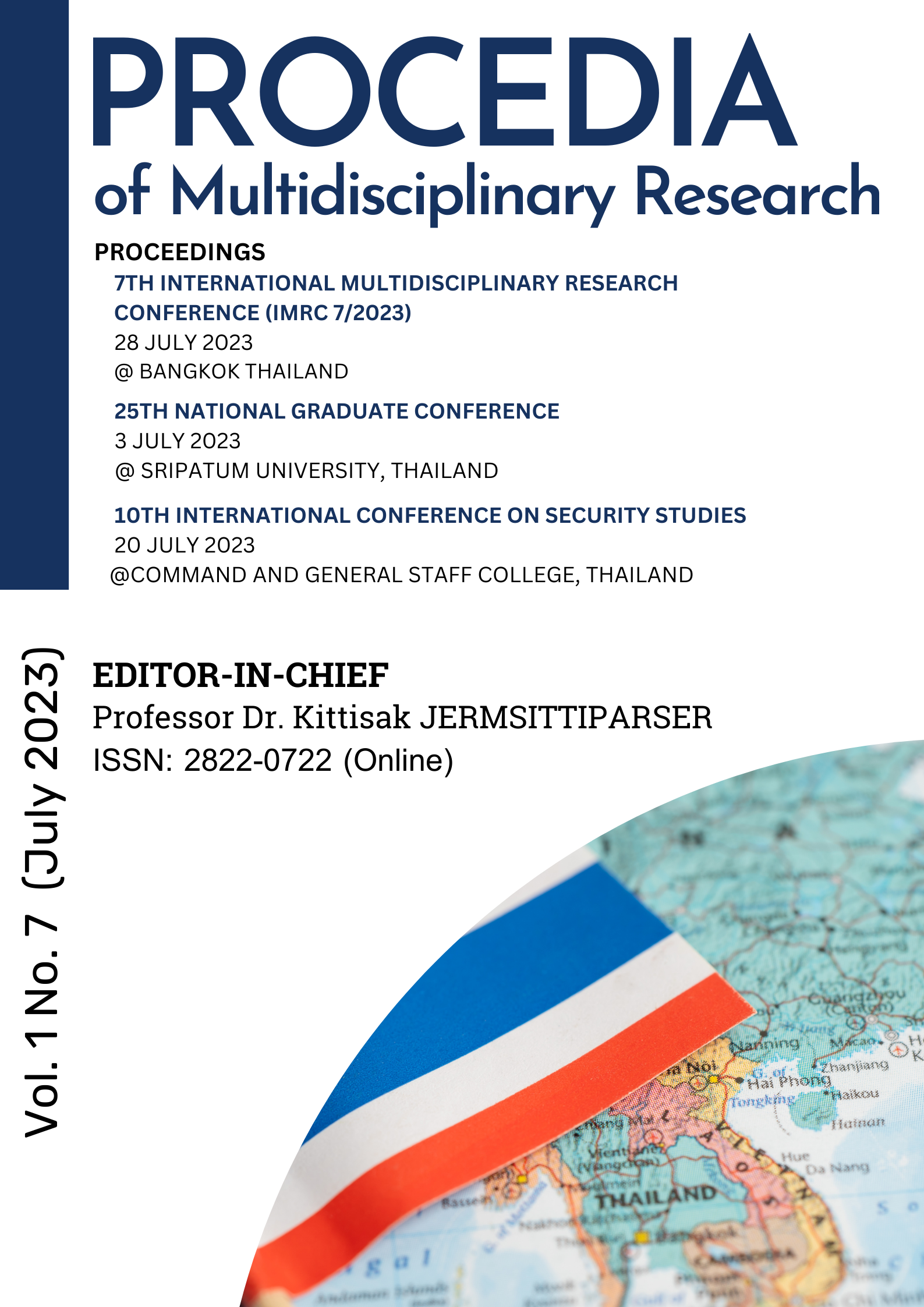ENHANCING LGR5 EXPRESSION IN PRIMARY CORNEAL ENDOTHELIAL CELLS USING EPIGENETIC MODIFICATION
Keywords:
Corneal endothelial cells, Epigenetic modolutor, CRISPRa, Leucine-rich repeat-containing G protein-coupled receptor 5 (LGR5)Abstract
Human corneal endothelial cells (hCECs) are vital for maintaining corneal transparency, but their limited proliferation capacity can lead to vision loss requiring corneal transplantation. Leucine-rich repeat-containing G protein-coupled receptor 5 (LGR5) is critical in maintaining many fetal and adult stem cell types by promoting Wnt/β-catenin signaling. LGR5 is expressed in corneal endothelial progenitors but downregulated during corneal endothelial maturation simultaneously with the loss of replicative property and the transition to a quiescent state. In this study, we evaluate strategies to re-activate LGR5 expression in primary hCECs through epigenetic modulation. Our finding demonstrates that HDAC inhibitors, trichostatin (TSA), and valproic acid (VPA) enhanced LGR5 expression in primary hCECs by up to 6-fold. Targeting catalytically dead Cas9 (dCas9) fused to a transcriptional activator (VP160) to the promoter region of the LGR5 gene with a single guide RNA increased LGR5 mRNA by up to 15-fold in HEK293 cells. Multiplexing guide RNA further enhanced LGR5 expression to more than 30 folds. Applying this method to primary hCECs can also specifically enhance LGR5 expression. Our results suggest that epigenome modification is a viable strategy for promoting corneal endothelium regeneration.
Downloads
Published
Issue
Section
License

This work is licensed under a Creative Commons Attribution-NonCommercial-NoDerivatives 4.0 International License.







.png)


